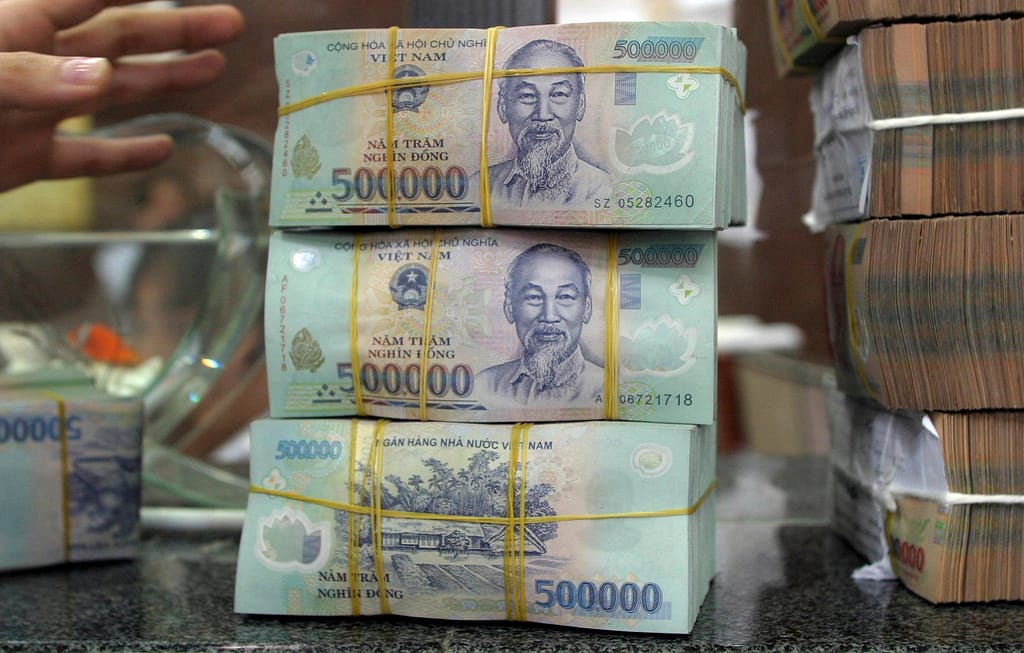In a move to maintain stability and ensure sustainable economic growth, the State Bank of Vietnam (SBV) has announced a credit growth cap of 15% for the local banking system in 2024. The central bank, in a statement released on Tuesday, emphasized that the cap is subject to adjustments depending on the evolving economic situation throughout the year.
Table of Contents
Background
Vietnam’s economic trajectory has long been intertwined with the credit growth managed by the central bank. The State Bank of Vietnam typically establishes annual credit growth targets for banks, aiming to strike a balance between facilitating lending and managing overall economic growth. This strategic approach allows the central bank to prevent overheating in the financial system and control inflation.
Credit Growth as an Economic Indicator

Credit growth is a vital economic indicator, reflecting the health and dynamism of a country’s financial system. In Vietnam, the central bank utilizes credit growth targets as a tool to influence the pace of lending activities in the banking sector. By doing so, the State Bank Of Vietnam can effectively steer the economy, ensuring that credit expansion aligns with the country’s overall economic objectives.
The 2024 Credit Growth Cap
The recently announced credit growth cap of 15% for the Vietnamese banking system in 2024 signifies the central bank’s commitment to prudent economic management. This cap serves as a ceiling, indicating the maximum allowable increase in banks’ lending activities over the course of the year. The State Bank Of Vietnam has emphasized that this cap is not set in stone and may be adjusted based on the unfolding economic conditions.
Adjustability of the Cap
The flexibility to adjust the credit growth cap highlights the central bank’s responsiveness to changing economic circumstances. As the year progresses, the State Bank Of Vietnam will closely monitor various economic indicators, such as inflation rates, unemployment levels, and GDP growth, to assess whether adjustments to the credit growth cap are necessary. This adaptive approach allows for a nuanced response to the evolving needs of the economy.
Current Status of Credit Growth
According to the State Bank of Vietnam‘s statement, as of December 27, 2023, banks’ lending had increased by 12.26% from the end of 2022. This growth rate is below the central bank’s prescribed cap of 14%-15%. The statement suggests that, at the current juncture, the banking system is operating within the set limits, providing a stable foundation for economic activities.
State Bank Of Vietnam’s desicion and Implications
The credit growth cap has direct implications for Vietnam’s overall economic growth. By controlling the pace of lending, the central bank aims to prevent excessive credit expansion that could lead to speculative bubbles and inflationary pressures. At the same time, the cap ensures that there is sufficient credit available to support productive economic activities and business development.
Conclusion
Vietnam’s central bank’s decision to set a credit growth cap of 15% for the banking system in 2024 underscores its commitment to fostering sustainable economic development. The flexibility to adjust the cap allows for a nuanced response to changing economic conditions, ensuring that the country’s financial system remains resilient and responsive. As the year unfolds, stakeholders will closely watch how this measured approach contributes to maintaining economic stability and promoting long-term prosperity in Vietnam.